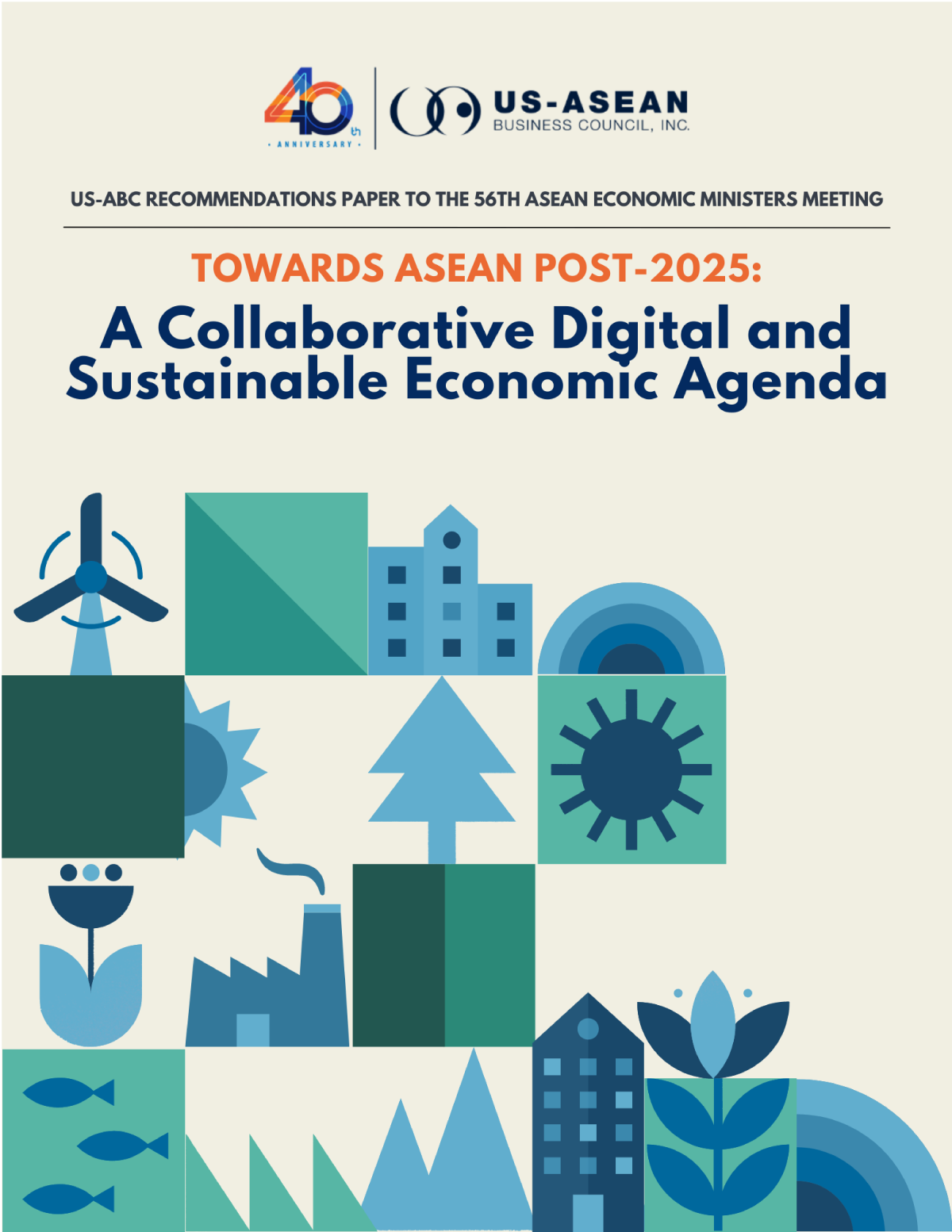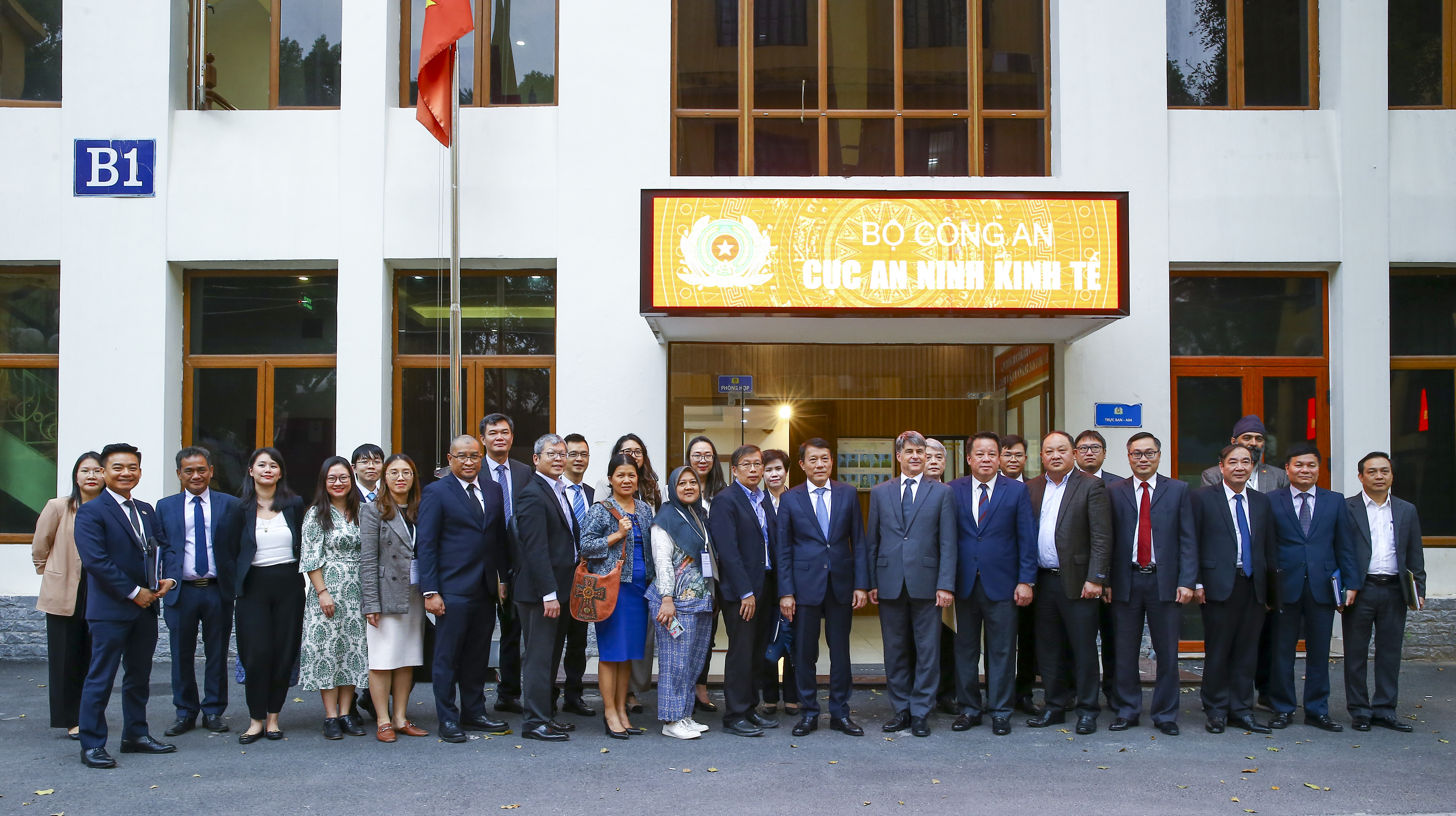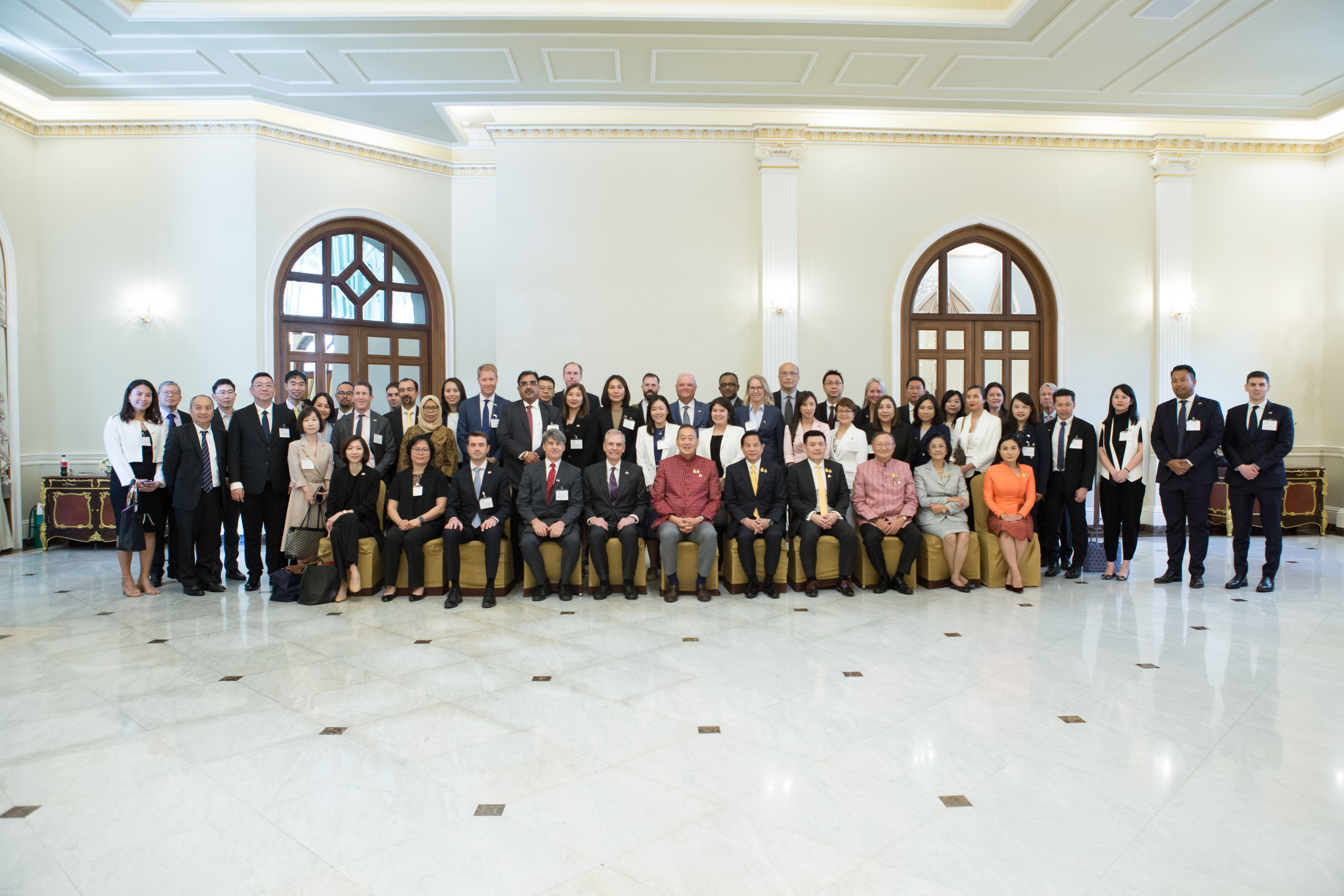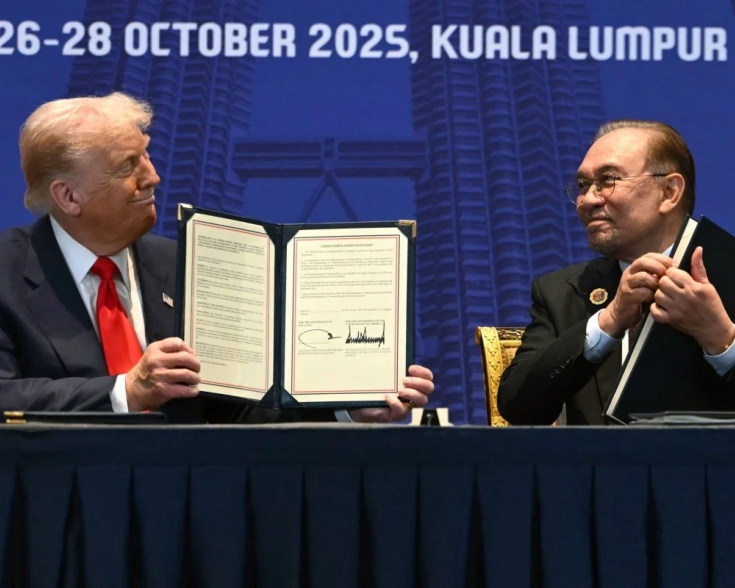Thailand Attempts to Improve Renewable Energy Sources Amid Harmful Tariffs and Other Hurdles
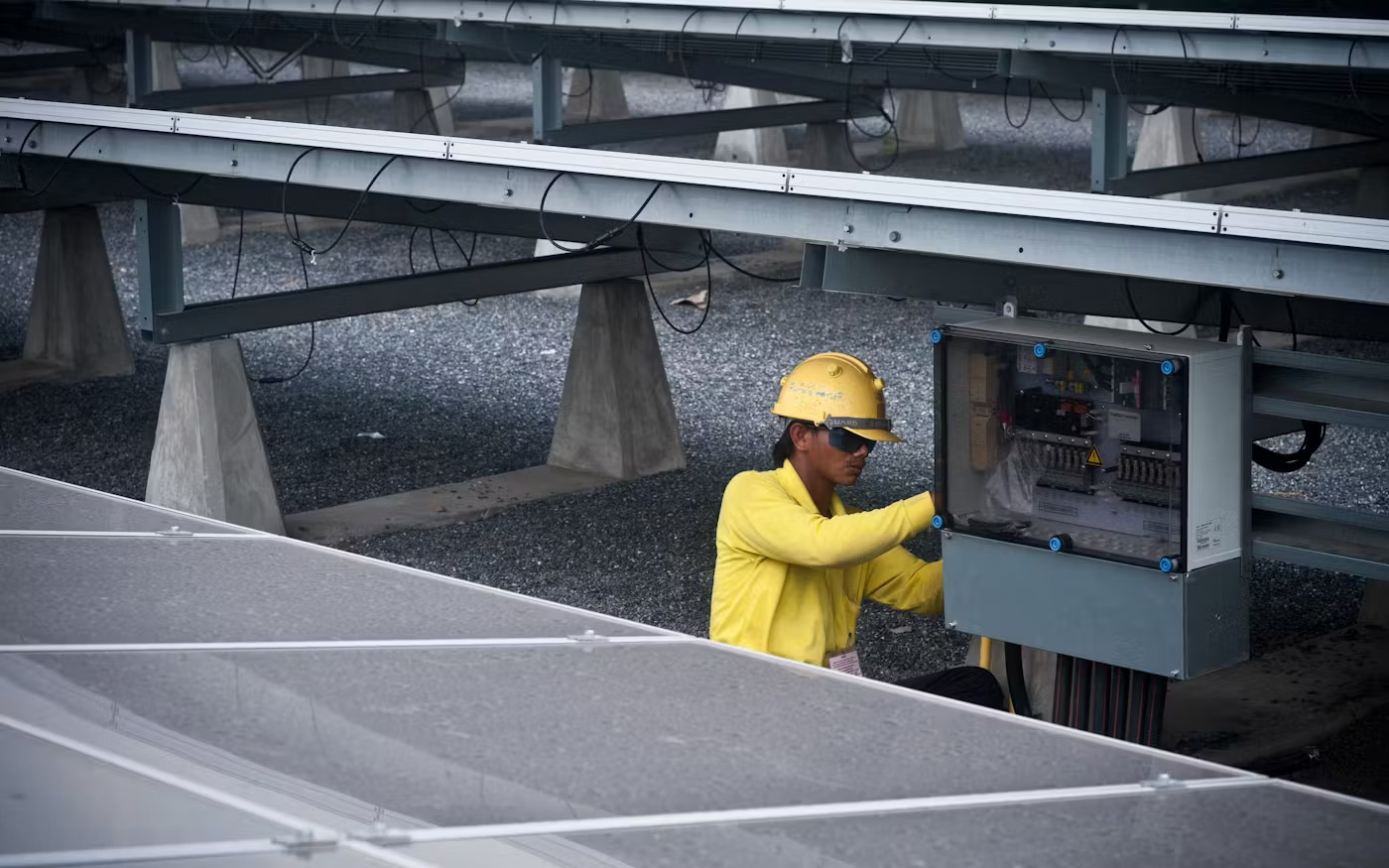
The Government of Thailand has the ambitious goal of achieving a net-zero status by 2050. To help achieve this goal, the Thai government plans to publish a new Power Development Plan later this year that will cover the next 12 years, until 2037. This plan will outline various initiatives and programs to increase Thailand’s solar and renewable energy capacity. In fact, by 2037, Thailand aims to have 51% renewable energy. Only 11% of this renewable energy will be solar, while around 17% will be hydropower from Laos.
To further boost incentives for solar power, however, the Thai government plans to release a new bill to use household roofs for solar panels. This new bill, which will offer tax incentives for those who install solar panels on their roofs, aims to curb installation costs and improve adoption rates.
United States Government Tariffs on American importers of goods made in Thailand poses a threat to Thailand’s new solar energy plan. Exports of solar related products from Thailand to the U.S. Thailand totaled more than $3.7 billion in 2023, thanks to Jinko Solar, Trina Solar, and other companies with major operations in Thailand. However, anti-dumping duties and new tariffs could reduce levels of revenue and CAPEX in Thailand’s domestic solar industry.
Thailand is also turning to wind power to help meet its net-zero goals. The IFC is providing a loan of up to $92 million to Winchai Company Limited, a subsidiary of Sermsang Power Corporation Public Company Limited (SSP), a Thailand-based renewable energy producer. This loan will allow SSP to continue construction on a 45 MW operational wind power plant in Thailand. The loan will also help SSP enhance its ability to invest in other renewable energy projects across Southeast Asia, fostering regional collaboration and incentivizing FDI around this important objective.


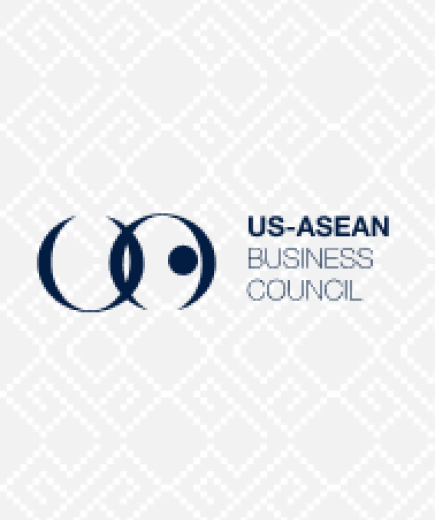
![Cover-[USABC-Final]-Driving-ASEAN-Unity-Malaysia's-Vision-for-2025](/sites/default/files/2025-07/Cover-%5BUSABC-Final%5D-Driving-ASEAN-Unity-Malaysia%27s-Vision-for-2025.jpg)
